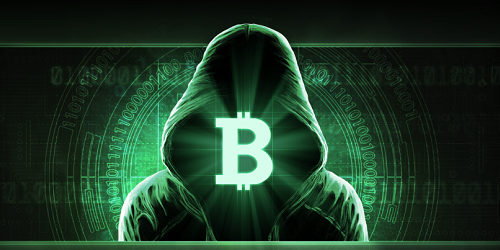What is the market for krypto, which has fallen by more than half since the beginning of this year
While last year was a crippled period for their historically strongest period and the largest entry of new investors, this year is a major test of patience and conviction. After the overall market in the last two months of last year has been crippled from less than $ 190 billion to nearly $ 820 billion in just a few weeks, and just as fast as nearly a third, it is definitely no wonder.
Since February and March, we have been experiencing the so-called bear market, where the price is kept on a very similar level, even in small fluctuations, which does not like investors who have invested in cryptos during the biggest boom and now sees their own red numbers in their portfolio increasing moons, rather than decreasing.
The Czech VR game Beat Saber is on the Playstation console
About a month ago, the Czech gaming studio Beat Games released its expected Beat Saber game title, in which ...
Currently, the entire market is worth around $ 302 billion, which is almost 2.5 times less than initially this year. The reasons for the fall of the prize are several - whether it's the mistrust of investors who at any cost are trying to get back at least some money and sell below the price, new regulation, thefts of tens of millions of dollars in exchange bureaus or suspicions of the biggest exchanges like Binance or HitBTC from manipulation market prices and so-called insider trading.
To make misunderstandings, the technologies behind cryptosmulators are revolutionary in many ways, and they can not be said to have the potential to change many traditional areas, including the entire financial market. But this is a long way, and many people are losing confidence because of increasing frequency, extreme price fluctuations, and the urgency of traditional banking institutions and governments to support new technologies that could also reduce their bank transaction or digitize state administration.
Non-traditional institutions
Being disliked by banking institutions and governments is not a new thing. They do not have a clear control over them, they can not simply find out who is behind the transaction or who has the amount of funds, and they are mostly cryptomed, or blockchain technology, in many ways beyond the traditional monetary system.
The worst fear is generally a further potential crisis that the world market experienced last for almost eight years and which has slowed the economy in every country and has fundamentally influenced growth. If such a crisis were to come, the question is, what role would cryptomas play in it that once did not exist? Would investors be tempted to take an alternative in the form of a digital currency, or would they rely on old good commodities in the form of expensive art or gold?
Very likely, in the traditional cryptogeny as bitcoin, ethereum, or litecoin, they would only play a minimal role, and the eyes of those who would like to keep anonymity and independence from the traditional financial market would stick to private monero kryptonites. The value of crippled is usually rather speculative, unsupported by anything physical, and it is hard to imagine that if the crisis came, we will pay for it in the near future, for example, in the evening or in the café using bitcoins.
Is the actual downfall really such a tragedy?
The market value of the crypt is still only a tiny part of what the S & P Global Broad Market index, which has more than 11,000 companies from 46 different countries, and whose value at the end of last year exceeded 54.8 trillion crowns. The market is underestimated and still has a huge potential that is dependent on the arrival of new investors who will not be crippled to take only as a further investment and count their price in correlation with the fiat but who will invest in technology and the whole movement.
After all, the entire cryptographic market was barely half the current value a year ago, as was the volume of transactions. For example, the largest crippled market capitalization, bitcoin, is after a huge drop of more than $ 20,000 to $ 6,800, but a year ago, its price did not reach $ 2,600, which still represents more than 100% growth. This is not particularly true for those who have invested in bad times, ie in the last two months of last year or early this year. Those who have invested with the vision of fast-paced money without work and "no risk".
Over the past few months, capital has invested in prestigious investment funds, such as Andressen Horowitz, who are very fond of investing in anything speculative. Greater investors are poisoned by the low, several percent of the proceeds of traditional investment. That's why they are exploring new ways to spread the risk in their portfolio and potentially evaluate their invested resources by hundreds and thousands of percent.
And that's worth the risk. Necessary corrections are in progress, the market is moderately stabilized and will not be so volatile in the future, and in the long run the current investment will grow. So if there is no other financial crisis as such, it is quite possible that at the time it comes, they will be crippled as a full-fledged alternative to normal currencies in the real world.
